I’ve been thinking a lot about fairy tales, particularly of the fractured kind. In December, when I blogged about writing dark humour, I promised a special post about one of the genre’s most popular offshoots – fractured fairy tales. If we remember that dark humour breaks with traditional narrative structure, engages parents on a secondary level with irony, and often uses animal characters to soften any moral dubiousness, you will start to see a pattern emerging in some of your favourite picture books.
Popular American Fractured Fairy Tales You May Have Read I can’t think of a dark comedy picture book I’ve enjoyed reading more than That is Not a Good Idea, written and illustrated by the great Mo Willems. It’s got enticing repetition and a delightful subversive twist on the persuasive powers of the Big Bad Wolf. As the story unravels, the reader begins to realise that there is a dual power play between Wolf and the Duck (his potential victim) and we begin to question who is hunting who. This is where the book’s brilliance lies. Even the youngest readers will come with preconceptions of this devious villain and will be genuinely surprised when he is duped by a worthy adversary. A victory for the little guy (or gal)! We all know The Hat Trilogy by master black humourist Jon Klassen but have you read The Wolf, the Duck and the Mouse by Mac Barnett and illustrated by his partner in crime, Klassen? It has all the visual hallmarks of this clever illustrator, with its dark colour palette, so it is a joy to find that Barnett’s narrative lives up to the reader’s expectations of what a Klassen book should be. Another brilliant twist on the Big Bad Wolf tale, this story reveals why the wolf howls to the moon, with a clever and unlikely scenario about a duck and a mouse. These characters utterly subvert the wolf’s power and happily live inside his stomach, causing endless intestinal issues for their hapless host. This one had my son glued and I was well-rewarded to find that he got the joke and understood the final twist, though it is far from spelled out for the reader. Dark humour is the antithesis of moralistic and patronising and I love that it doesn’t underestimate the intelligence or maturity of children. Australian Fractured Fairy Tales You Might Also Like I’ll be the first to admit that I found it harder to find good examples of this genre from writers of Australian children's books. Fractured nursery rhymes are massively popular in the Aussie market as I mentioned in my last blog but satirical fairy tales are somewhat rarer. Having said this, I’d highly recommend both the following books, though the latter is a little out of the picture book age group and is a junior fiction. It is clearly written on two levels for smart middle grade and young adult readers and adults, who are naturally more cynical. Still, I’ve included it because it’s an intelligent example of satirical humour and it helps to read a genre widely, if you are going to attempt to write it. The Little Bad Wolf by Sam Bowring (author) and Lachlan Creagh (illustrator) is again celebrating the legend of the Big Bad Wolf by immersing it in rich, busy comic book illustrative style. Big Bad’s grand son is seemingly desperate to follow in his famous elder’s footsteps and embarks on a campaign of naughtiness, focussing on his kind neighbour Mrs Pig. Telling the story from the point of view of the Little Bad Wolf is a master stroke for building empathy with the little reader. Bowring doesn’t shy away from presenting morally dubious behaviour, with the junior wolf rejoicing in building his prowess for naughtiness but the twist restores moral order without preaching. It teaches the aspiring villain a lesson that he won’t forget. Crime doesn’t necessarily pay; it might just back fire. And for real fans of the Grimm Brother origins of folklore classics, treat yourself to Australian satirist Shaun Micallef’s new book Tales From a Tall Forest. It is gloriously illustrated by Jonathan Bentley in the traditional fairy tale style – darkness mixed with fantasy. Micallef’s narrative is subversive at every turn. It's written with modern-day cynicism to satisfy the adult reader, yet a sound adherence to the philosophy of outsmarting the ‘baddies’ for less jaded junior readers. It’s funny and clever and offers a brilliant take on the Big Bad Wolf legend by questioning some obvious holes in the original Red Riding Hood and Three Little Pigs’ plots.
Have any of these recommendations sparked your interest in giving this genre a try? Can you find a fresh take on an old fairy tale that hasn’t already been done? I’d love to hear your favourite picture books that fracture the old legends. I’m keen to read as many as I can, so please feel free to leave a comment. Brydie Wright Bio Graduate, Craft & Business of Children’s Picture Book Writing Course Chief Editor, Sydney Mums Group and Reviewer, WeekendNotes Author of Daddy and the World's Longest Poo, IAN Awards 2017 Finalist, & Magic Beans from the Creative Kids Tales Story Collection Website - Facebook - Twitter - Goodreads by: Sarah Momo Romero Last year, three very adorable additions to my family were introduced to the world- my adorable little nephew and my best friend’s twins! I immediately grabbed the opportunity to start adding to their library, and these two books about our amazing planet Earth are a great introduction to the planet we live on for little ones who are just coming into it. This month, I want to share Earth! My First 4.54 Billion Years and Here We Are, Notes for Living on Planet Earth, two different perspectives about Earth, with amazing illustrations and fun-facts about our favorite planet. Earth! My First 4.54 Billion Years by Earth and written by Stacy McAnulty and illustrated by David Litchfield introduces us to Earth as a very spunky “Planet Awesome”. McAnulty creates such a distinctive voice for Earth, a planet who teaches us about her “siblings” and hanging out with her best friend, moon. Earth is a high-spirited character, sharing her baby photos and taking us through the jurassic times, and even a scary encounter with an asteroid! Litchfield created the illustrations for this book with “pencils, ink, watercolor paints, and digital art tools”, resulting in vivid and eye-catching images of Earth, the other planets and even dinosaurs. My personal favorite style for illustrations are ones full of texture and gestural paint strokes, and this one is chock full of them (just look at the close-up of the dinosaur page below1`- there are so many awesome layers in there! And the Milky Way spiral just makes me want to stare at it and ponder our universe). Litchfield’s lively portrayal of Earth really brings McAnulty’s voice for this girl-planet to life, making this educational book a fun one for readers young and old. Here We Are, Notes for Living on Planet Earth written and illustrated by Oliver Jeffers, takes a warm and heartfelt approach to teaching us about Earth. Written during the first two months of his son’s life, this book gives all little ones an overview of all the things we know about living on Earth. From the different landscapes of our planet, to the animals and people who inhabit it, Jeffers also adds the intricate details and scenarios to discover with each reading. And just as Jeffers is known to do, and does so well, he adds his touch of humor along with the intricate details and scenarios to discover with each reading. Although I couldn’t find details for the artwork medium for Here We Are, just as Earth!, the illustrations here are created in rich colors, interesting textures and washes that make Jeffer’s illustrations so great. In the end, one of the best things about both these books are not only the facts kids can learn about the Earth, but a great lesson we can instill in them- we only have one Earth, let’s be kind and take care of it and each other. Bonus: It was extra exciting for me to discover Here We Are, as I had the chance to meet Oliver Jeffers and buy signed copies of his wonderful book for my own library, and for my nephew’s. Do you have a favorite picture book about our planet Earth? I'd love to hear about it!
You can find more of Sarah's musings and drawings here:
www.sarahmomoromero.com Facebook: Sarah Momo Romero + Instagram: @sarahmomoromero + Twitter: @sarahmomoromero by Bryan Patrick Avery I’ve been working the last few weeks on a magic effect which comes to a very unexpected conclusion. This got me thinking about a few books on my bookshelf which turn our expectations upside down. What’s great about this is the unexpected can engage us in ways that entertain, teach, and inspire. This month, let’s look at three such books. In most books, we see our protagonist overcome some obstacle or reach some goal. But what happens if they don’t? In Ashley Spires’ The Thing Lou Couldn’t Do, we meet a young girl who has never before climbed a tree. When her friends decide to climb to the top of a tree to play, Lou tries, through both bargaining and excuses, to avoid having to climb. Eventually, she realizes that she must try. This is where Spires’ story deviates from the usual story structure and ventures into the realm of the unexpected. Unlike most stories, where the protagonist tries, fails, and tries again until she eventually succeeds, Lou tries her best, but fails. The story ends without Lou succeeding in climbing the tree. It does end, however, with hope. In the books final illustration, we see Lou, on the next day or maybe event the day after that, still trying to climb the tree. It is an inspiration to anyone who has tried and failed. Like Lou, we only really fail when we stop trying. Another way to incorporate the unexpected into our stories is by telling the story of someone who overcomes incredible odds. Emmanuel’s Dream, written by Laurie Ann Thompson and illustrated by Sean Qualls, tells the story of Emmanuel Ofosu Yeboah of Ghana, who overcame a physical disability and inspired millions. Born with only one strong leg, Emmanuel was considered by many to be cursed. Despite this, he worked hard to achieve his dreams. He would hop on one leg, four miles round-trip, to get to and from school. He even learned to ride a bike so he could ride with his friends. When his mother passed away, Emmanuel had another dream: to show that his disability didn’t define what he was capable of. To do this, he decided to ride a bike around the country. His ten-day journey not only helped him spread his message, but turned him into a national hero. His tale, though unexpected, is incredibly inspiring. Lastly, let’s a look at a story where the bad guy does something truly unexpected: he tries to be good. This is what happens in The Bad Seed, written by Jory John and illustrated by Pete Oswald. How bad is this seed? He’s pretty bad. He lies, he cuts in line, he refuses to wash his hands. Most important, he’s okay with being bad. Until one day. He decides he’s ready to be good. Now he holds door for others and he says please and thank you. Well, most of the time. Of course, he’s not good all the time, but he’s not so bad anymore. Jory John’s book sends an important message to readers. We can all change. It isn’t easy, but we can change. This is book that every kid (and adult) should read.
Well, that’s all for this month. I’d love to hear about some of your favorite unexpected moments in kids’ books. Leave them in the comments below. As for the magic trick with the unexpected ending? Would you believe me if I said I could pull a rabbit out of a soup bowl? See you next time. by Melissa Stoller Today, it’s ALL ABOUT BOOK DEDICATIONS! The dedication says so much in a few short words. As you craft your dedication, reflect on what you’re trying to accomplish. Do you wish to thank someone, serve as inspiration, or allude to a theme in the book? The categories often overlap, so maybe you can do all three! A book dedication often serves as a thank you to family and friends or anyone who helped the author along the way. In my chapter book, The Enchanted Snow Globe Collection: Return to Coney Island, I thank my grandparents, because “If they had not met on a trolley in Coney Island, I would not have written this book.” In ISH, Peter H. Reynolds dedicates to “my art teacher, who dared me to draw for myself and find my voice.” And Dashka Slater dedicates The Antlered Ship, “For my fellow voyagers....” The dedication can offer a message of inspiration. In Vincent Can’t Sleep, author Barb Rosenstock dedicates her book “For those who know darkness and still look for light.” Drew Daywalt dedicates The Day the Crayons Came Home to his parents, “who taught me to always make room for everyone.” And Barbara DiLorenzo dedicates Renato and the Lion to her son, “who showed me that with a little bit of magic, stone lions come alive.” And the dedication can highlight the theme or an element of the book. For example, my dedication reminded my children to “always make things happen.” This is one of my favorite sayings and also an important point in my story. My illustrator Callie Metler-Smith used her dedication to say to her children, “May you always find the magic in everything,” which alludes to the magic in the story and also in life. In Let Me Finish by Minh Le, illustrated by Isabel Roxas, the illustrator dedicates her work “For all the voracious readers of the world who believe that to love a book is to share it. And to those who love them anyway.” This clever dedication references the book’s plotline of characters sharing the ending of the book. Finally, one other area that the dedication can venture into is the inside joke. In Dragons Love Tacos, Adam Rubin wrote “To my loving sister Bruce: smart, beautiful, and full of laughter. And in the sequel, Dragons Love Tacos 2, he wrote: “To my loving sister, Bryce. So sorry about the typo in the first book. Thanks for understanding. You’re the beast sister!” So, spend some time brainstorming and crafting your dedication. Go to libraries and bookstores to read dedications in several areas: by authors you admire, in new KidLit books, and in your writing genres. And when your book is published, make sure you give a signed copy to the person or people who meant enough to you to be included in your dedication. Melissa Stoller is the author of the debut chapter book THE ENCHANTED SNOW GLOBE COLLECTION: RETURN TO CONEY ISLAND (Clear Fork Publishing, August 2017); the debut picture book SCARLET’S MAGIC PAINTBRUSH (Clear Fork, 2018); THE ENCHANTED SNOW GLOBE COLLECTION: THE LIBERTY BELL TRAIN RIDE (Clear Fork, 2018); and READY, SET, GORILLA! (Clear Fork, 2018). She is also the co-author of THE PARENT-CHILD BOOK CLUB: CONNECTING WITH YOUR KIDS THROUGH READING (HorizonLine Publishing, 2009). Melissa is an Assistant for Mira Reisberg’s Children’s Book Academy, a Regional Ambassador for The Chapter Book Challenge, an Admin for The Debut Picture Book Study Group, and a volunteer with SCBWI-MetroNY. Melissa writes parenting articles, and has worked as a lawyer, legal writing instructor, and early childhood educator. She lives in New York City with her husband, three daughters, and one puppy. When not writing or reading, she can be found exploring NYC with family and friends, traveling, and adding treasures to her collections.
Follow Melissa online at www.MelissaStoller.com MelissaBergerStoller (Facebook) @MelissaStoller (Twitter) Melissa_Stoller (Instagram and Pinterest).
These are four of the best parody, read and sing-along books, I’ve come across from Australian authors and illustrators, in recent times. They are sure to raise laughs and inspire pre-schoolers / kindergarteners to interact with the reading process, promoting early literacy. Aussie Jingle Bells by Colin Buchanan (author) and Nick Bland (illus.) It can be difficult for those from the Northern Hemisphere to fathom that Christmas is in summer in Australia. I love the idea of making fun of this difference by subverting traditional carols for an Aussie audience. Parody is a form of humour that reveals a truth behind a façade. There is nothing at all wrong with celebrating a white Christmas but for Australian children, we need stories and images they can relate to, from their own lives. A white Christmas may be the ideal, but the reality is that come Christmas afternoon, you’ll find Grandpa dozing in the sun and the kids and Uncle Bruce swimming in their clothes, to paraphrase Buchanan’s version of the Jingle Bells story. Another delightful book of this ilk, by the same author, is Deck the Shed with Bits of Wattle (a la Deck the Halls). There Was an Old Bloke Who Swallowed a Bunny by P. Crumble (author) and Louis Shea (illus.) For fans of farmyard stories, this book turns the cumulative children’s song, There Was an Old Lady Who Swallowed a Fly, on its head. Replicating the rhythm of this old song, with new phrases like ‘Crikey, that’s funny’, Crumble tells the tale of an ‘old bloke’ – a farmer - who progressively swallows larger animals, from a bunny to a cow. Its humour lies in OTT scenarios and madcap illustrations that fill every page. Its cumulative technique will hook little readers and compel them to join in with reciting, or singing, within one or two reads of the book. A clever re-telling of a classic. The Croc and the Platypus by Jackie Hosking (author) and Marjorie Crosby-Fairall (illus.) This is a gorgeously illustrated tribute to the Australian outback, re-telling Edward Lear’s famous nonsense poem, The Owl and the Pussycat. Instead of a bird and a feline going to sea in a pea-green boat, the croc and the platypus, an equally unlikely pair, trundle off to the bush in a rusty old Holden ute. Though not uproariously funny, it’s a fun book to read with children. Its humour comes through clever rhyme (a great tool for encouraging literacy) and an unexpected turn of events on every page, just as with the original. Fortunately, Hosking gets the rhyming and meter right and re-enlivens a beloved tale which had become dated by its archaic language. Anyone know what a runcible spoon is, for example? Having said thus, US readers may also challenge me after reading this book, asking for a translation on the Australian vernacular. I’ll start you off – ute means pick-up truck. The Cow Tripped Over the Moon by Tony Wilson (author) and Laura Wood (illus.)
I know I’ve veered off the path from nursery rhymes, so finally comes a magnificent parody of this genre. Every child reading The Cow Tripped Over the Moon will come with the preconceived idea that they know how Hey Diddle Diddle turns out, but do they know the true story? Tony Wilson and illustrator Laura Wood combine their efforts to create a piece of slapstick comedy to delight children with physical humour. On every page, we are taken through a new ‘Moon Attempt’ and the time it takes place, only to find that the path to jumping the moon did not come easily for the cow. By undermining the reader’s expectations and keeping them guessing until the narrative’s end, Wilson reinvents the nursery rhyme for a more sophisticated, sceptical and modern junior reader. I'd love to carry on with more examples of books from this trending genre but no doubt it’s time for a holiday nap by the fire, or a swim at the beach, if you’re in Australia. I hope you’ve enjoyed this discussion of parody in picture books and I look forward to more talk of humorous writing, next time I visit The Blogfish. Brydie Wright Bio Graduate, Craft & Business of Children’s Picture Book Writing Course Chief Editor, Sydney Mums Group and Reviewer, WeekendNotes Author of Daddy and the World's Longest Poo, IAN Awards 2017 Finalist, & Magic Beans from the Creative Kids Tales Story Collection Website - Facebook - Twitter - Goodreads |
We are so excited to be mixing things up at CBA, beginning with some delicious additions to the Blogfish. Meet our awesome bloggers!!
Here's our lineup: 1st Mondays begin with former school psychologist Dr. Debra Collins who will be writing about Social emotional Learning in kidlit and behind the scenes as well as Jewish children's books. 2nd Mondays will feature super smart Melissa Stoller whose career is taking off with several new books. 3rd Mondays will feature our new blogger coming soon. 4th Mondays features new blogger, the fabulous Brentom Jackson, who has a beautiful approach to blogging. And 5th Mondays we'll be taking a break Archives
July 2024
|
|
Discover
|
About Us
|
Join Us
Join our Community and receive a fabulous free gift, KidLit tips, newsletters, scholarship info, contests, and more!
Join our KidLit Mentorship |
Social Media
Interact with our FaceBook Group or follow us on:
|
© 2010-2024 All content on this website is copyrighted. Sorry, all courses are non-refundable.
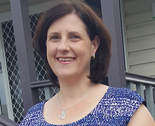
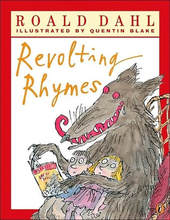
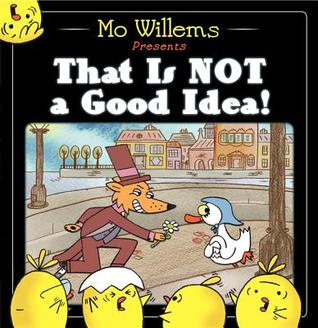
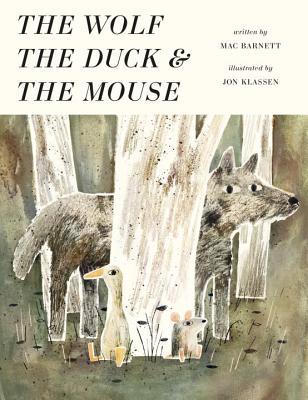
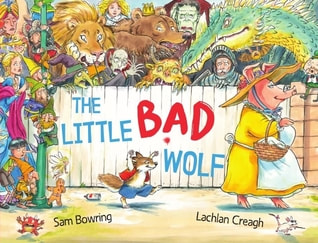
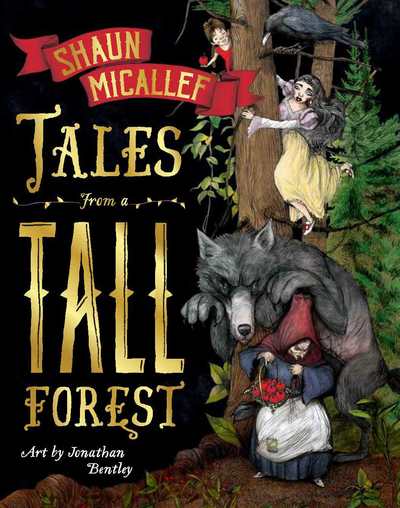
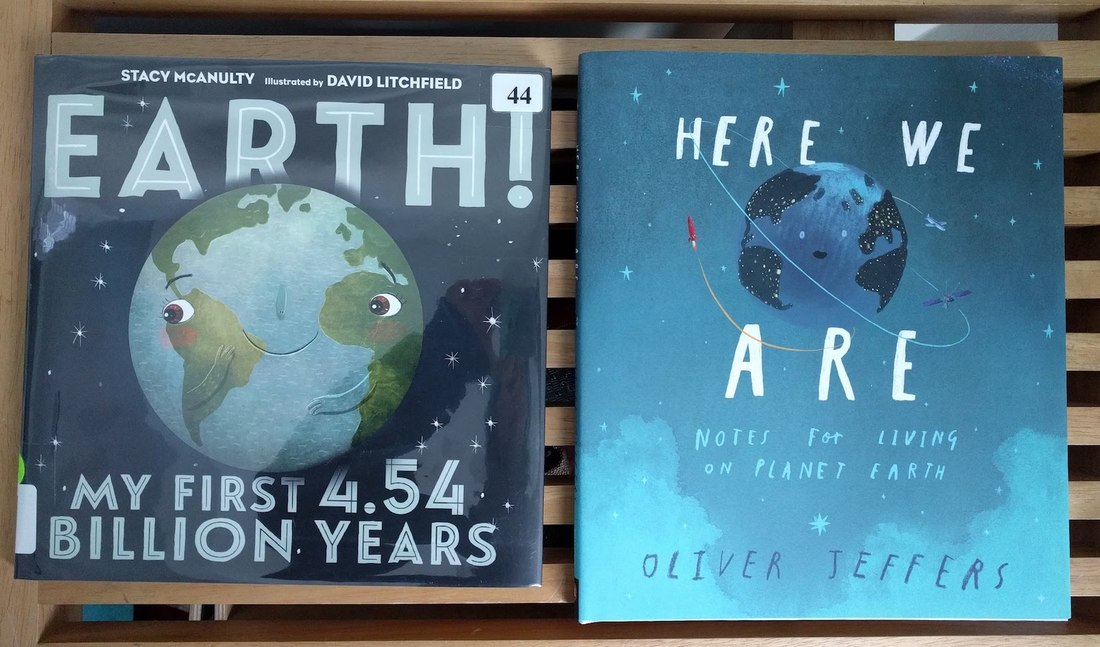
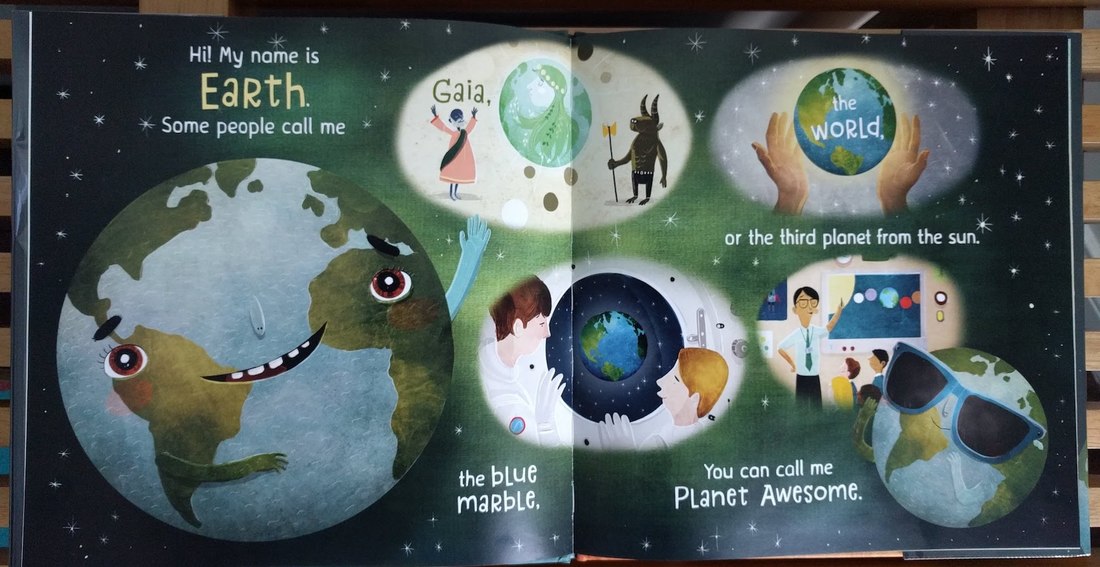
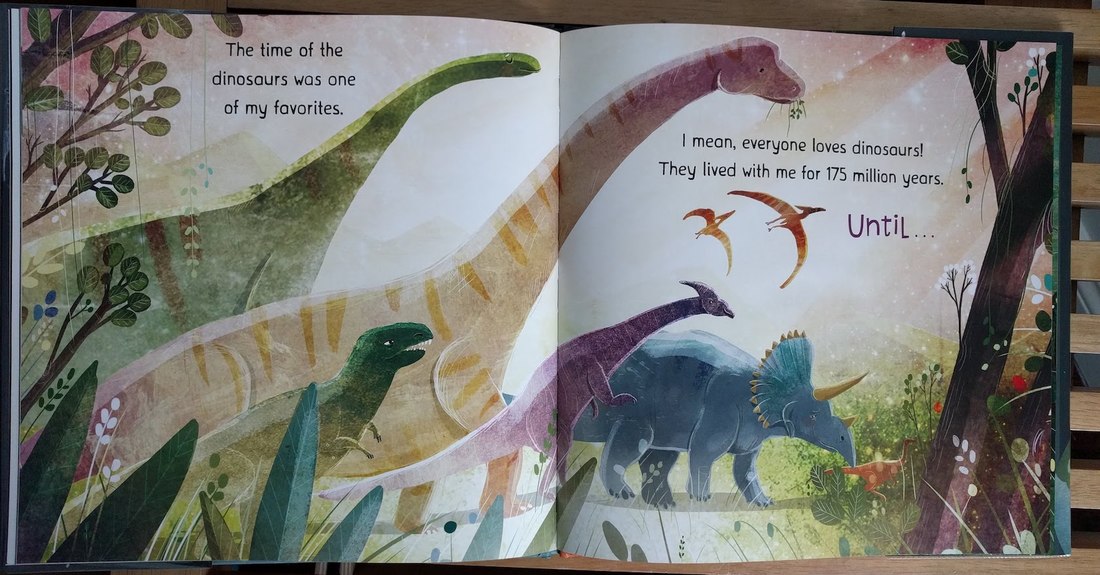
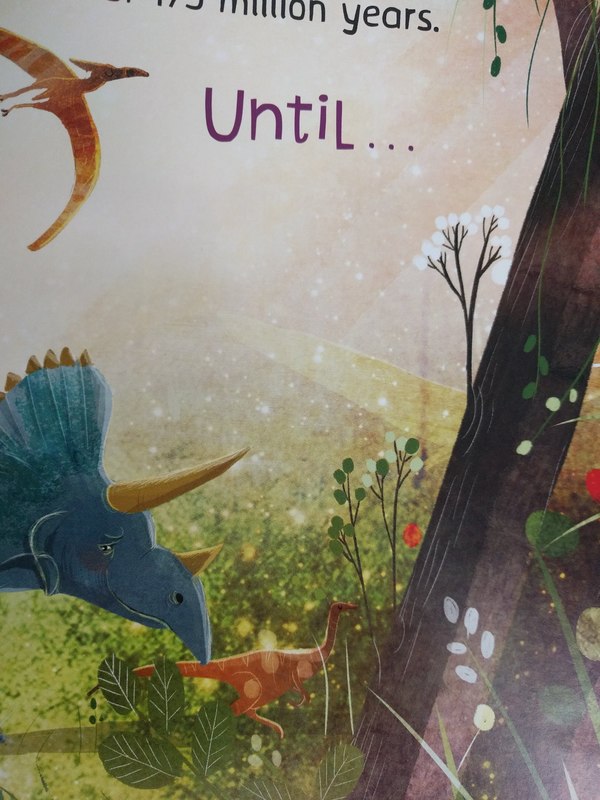
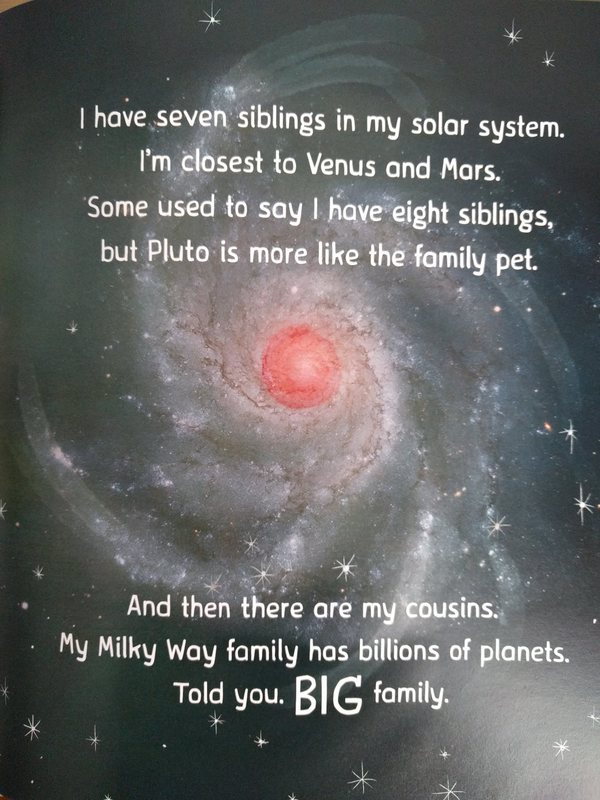
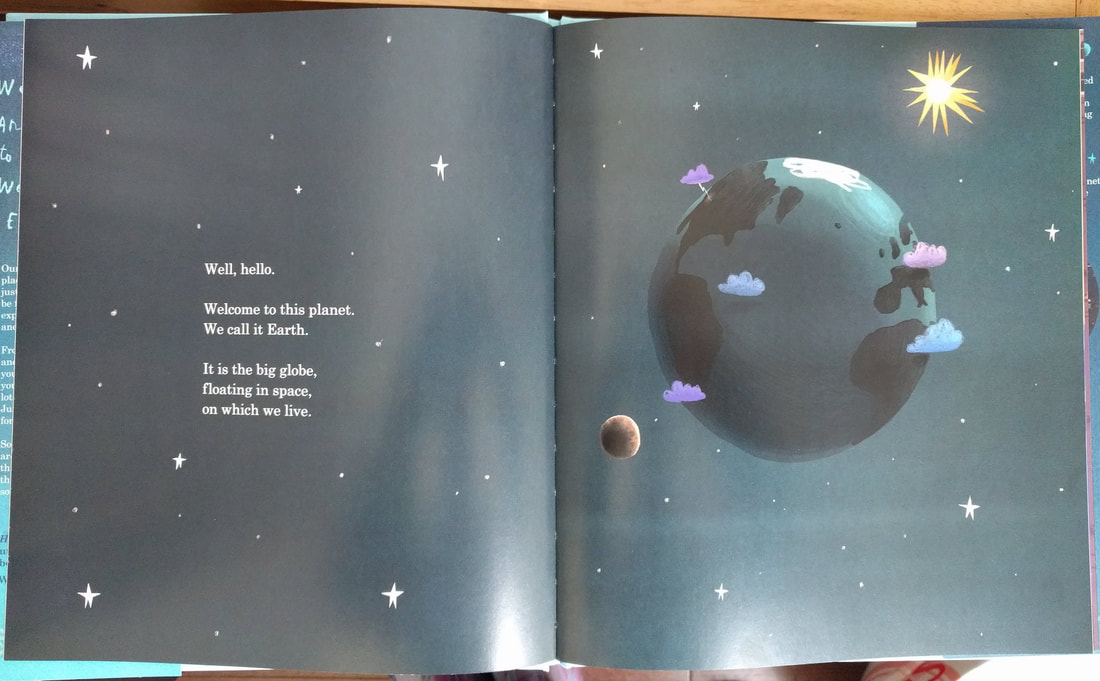
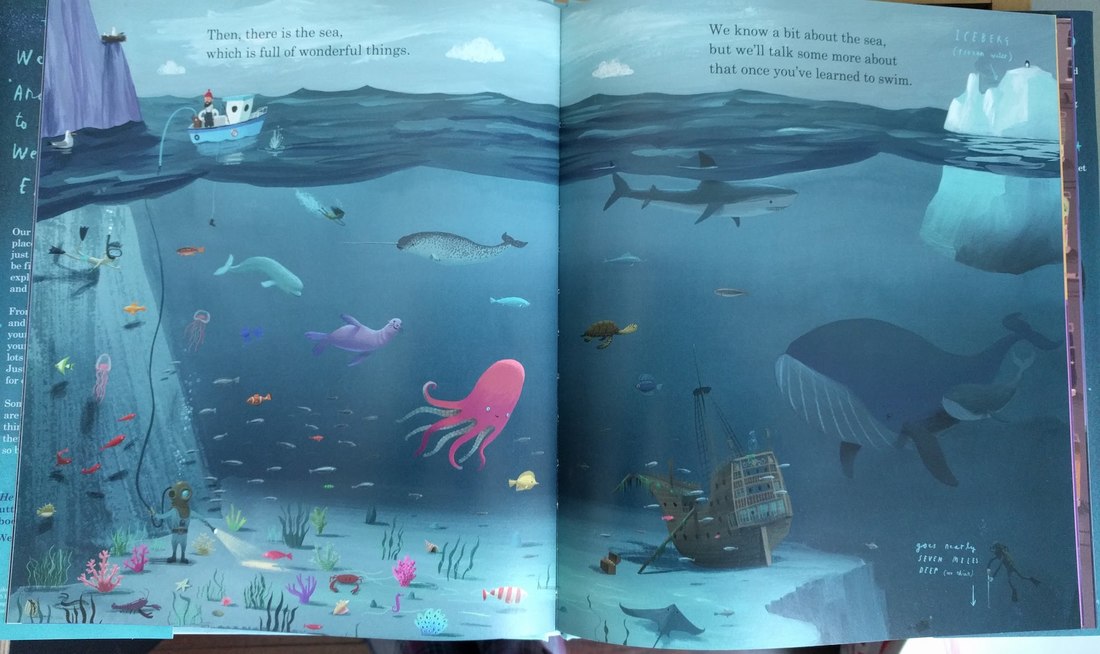
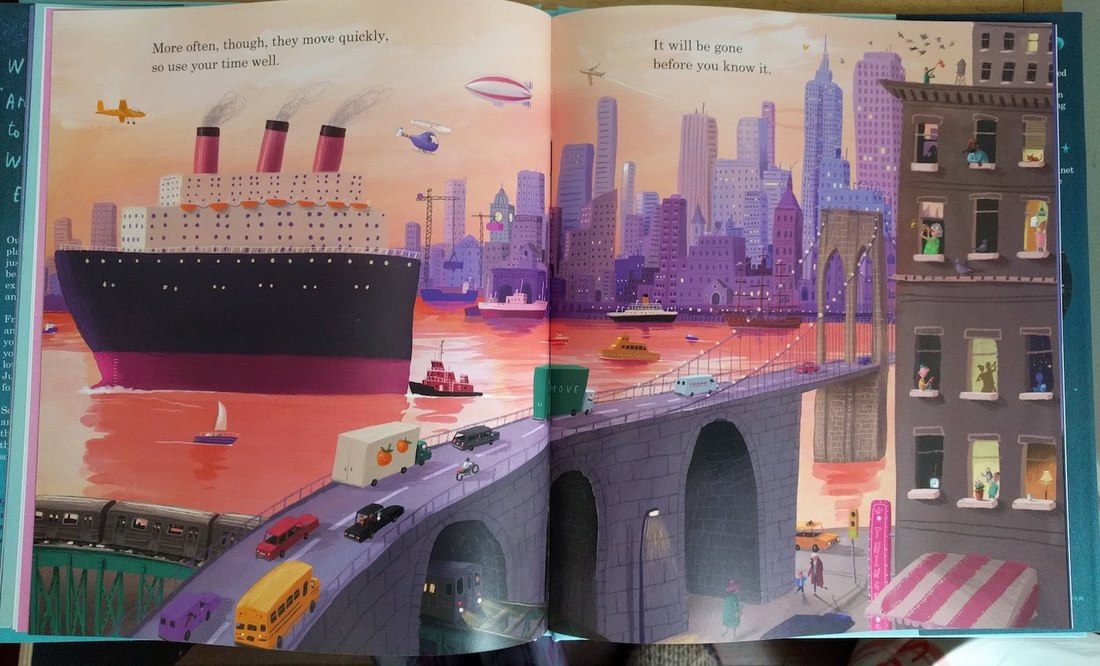
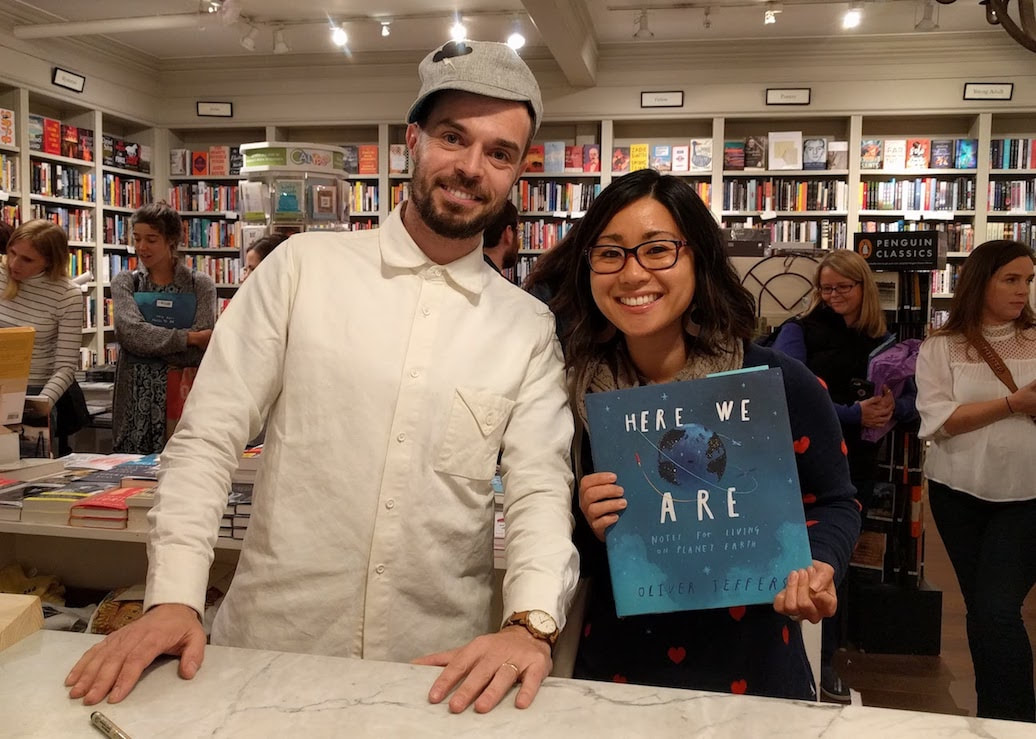
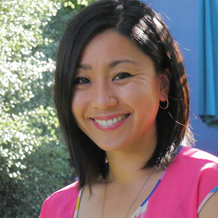
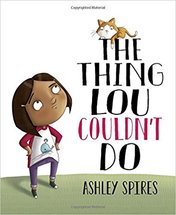
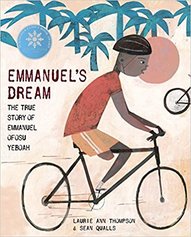
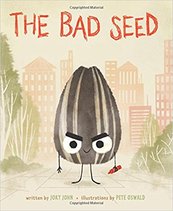
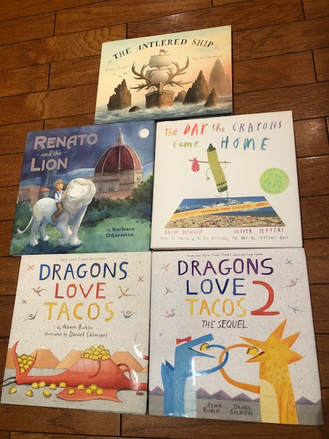
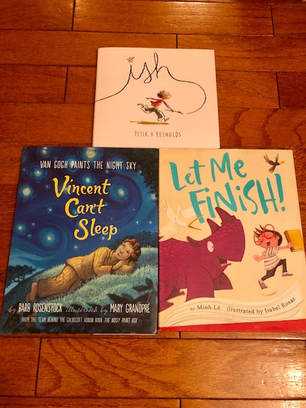
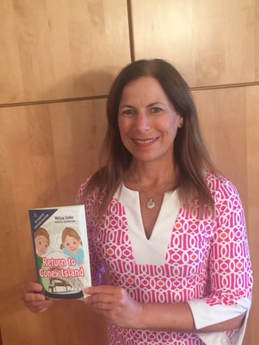
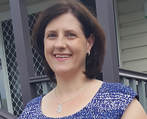
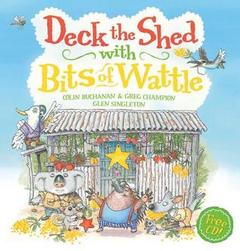
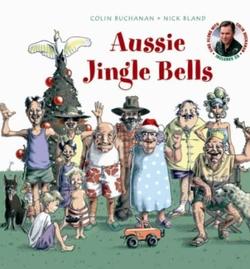
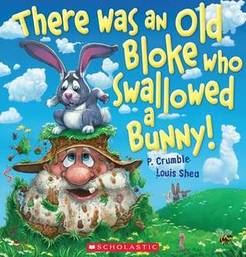
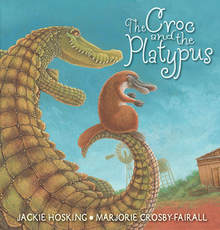
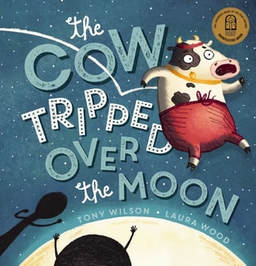
 RSS Feed
RSS Feed
